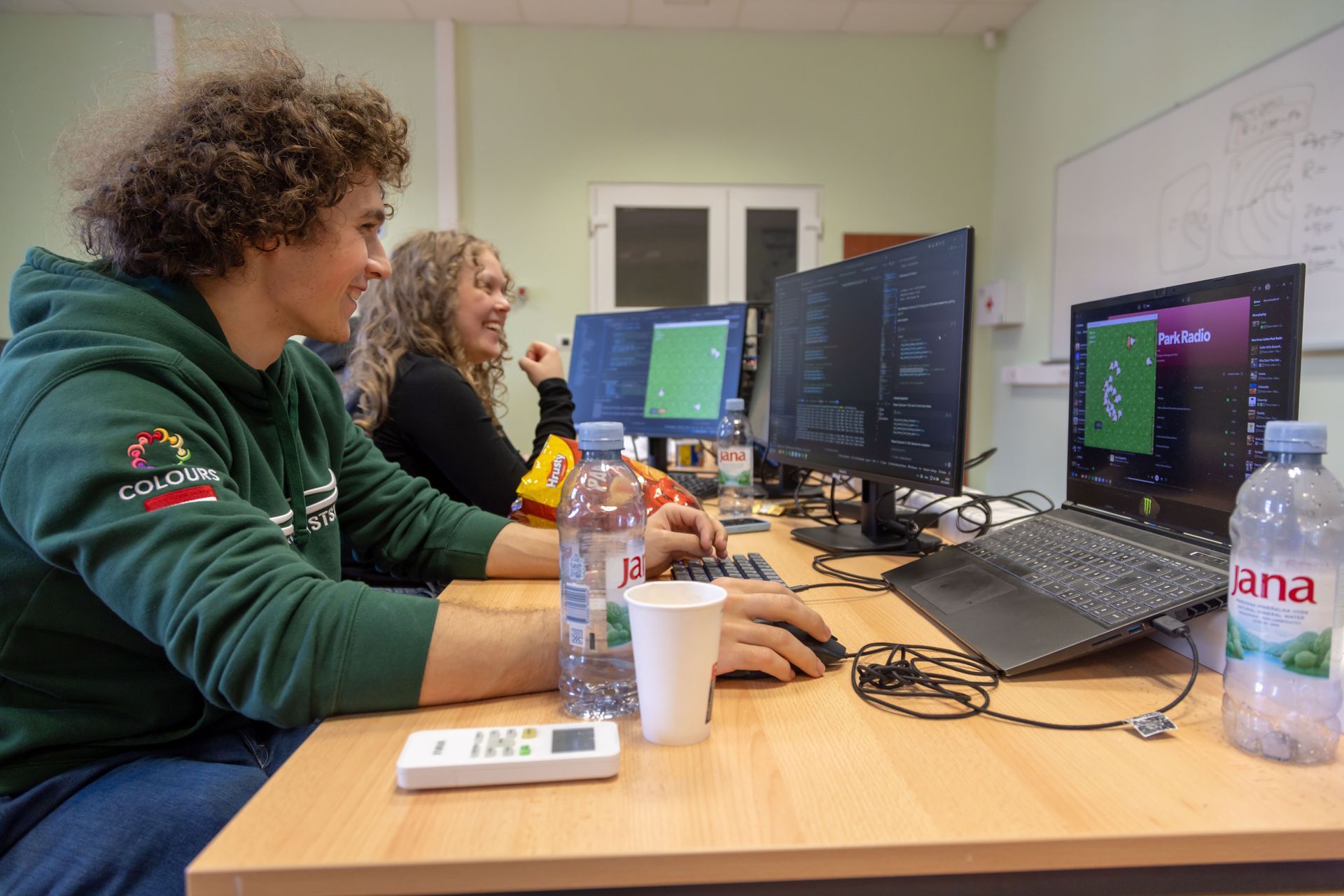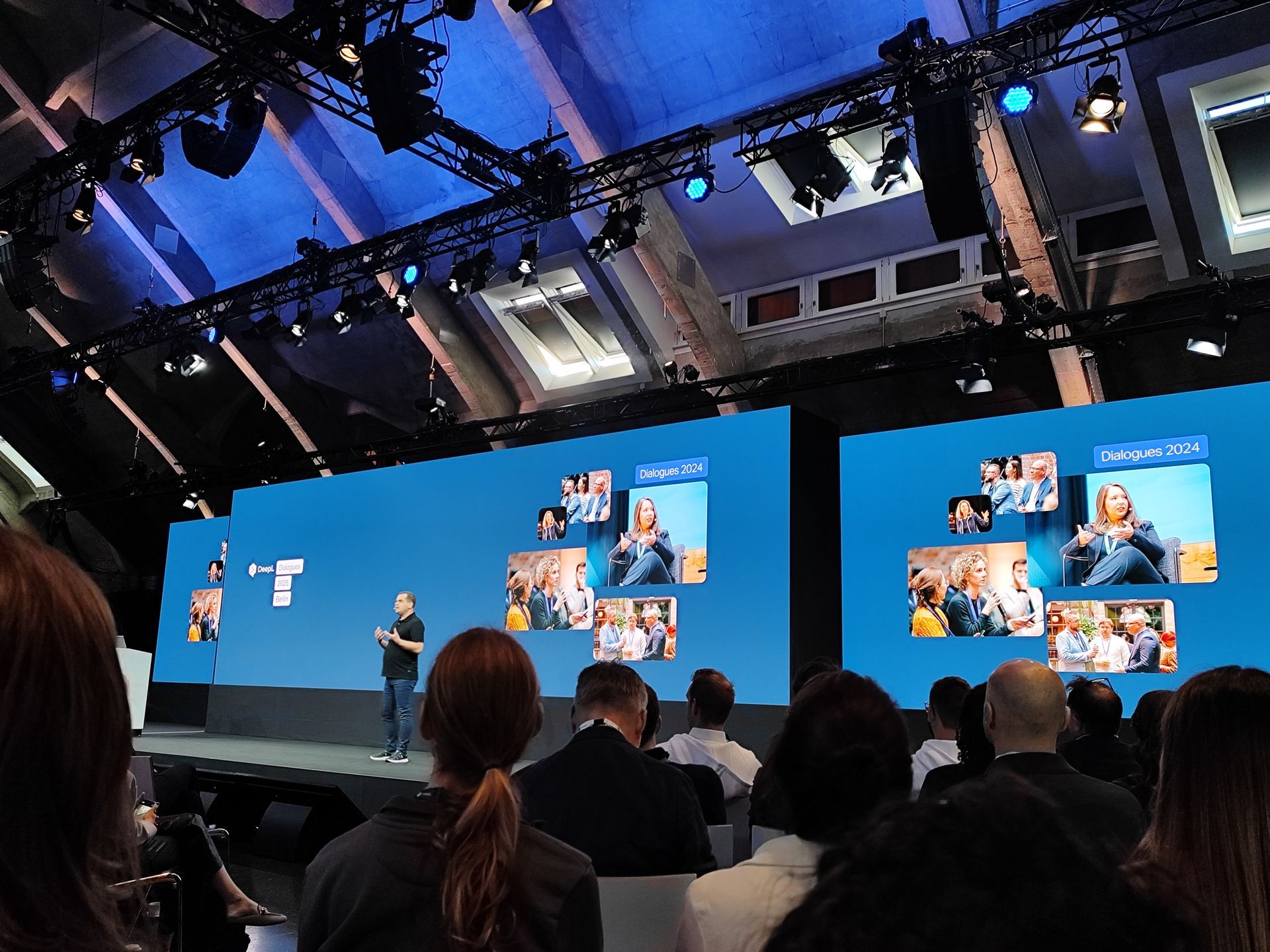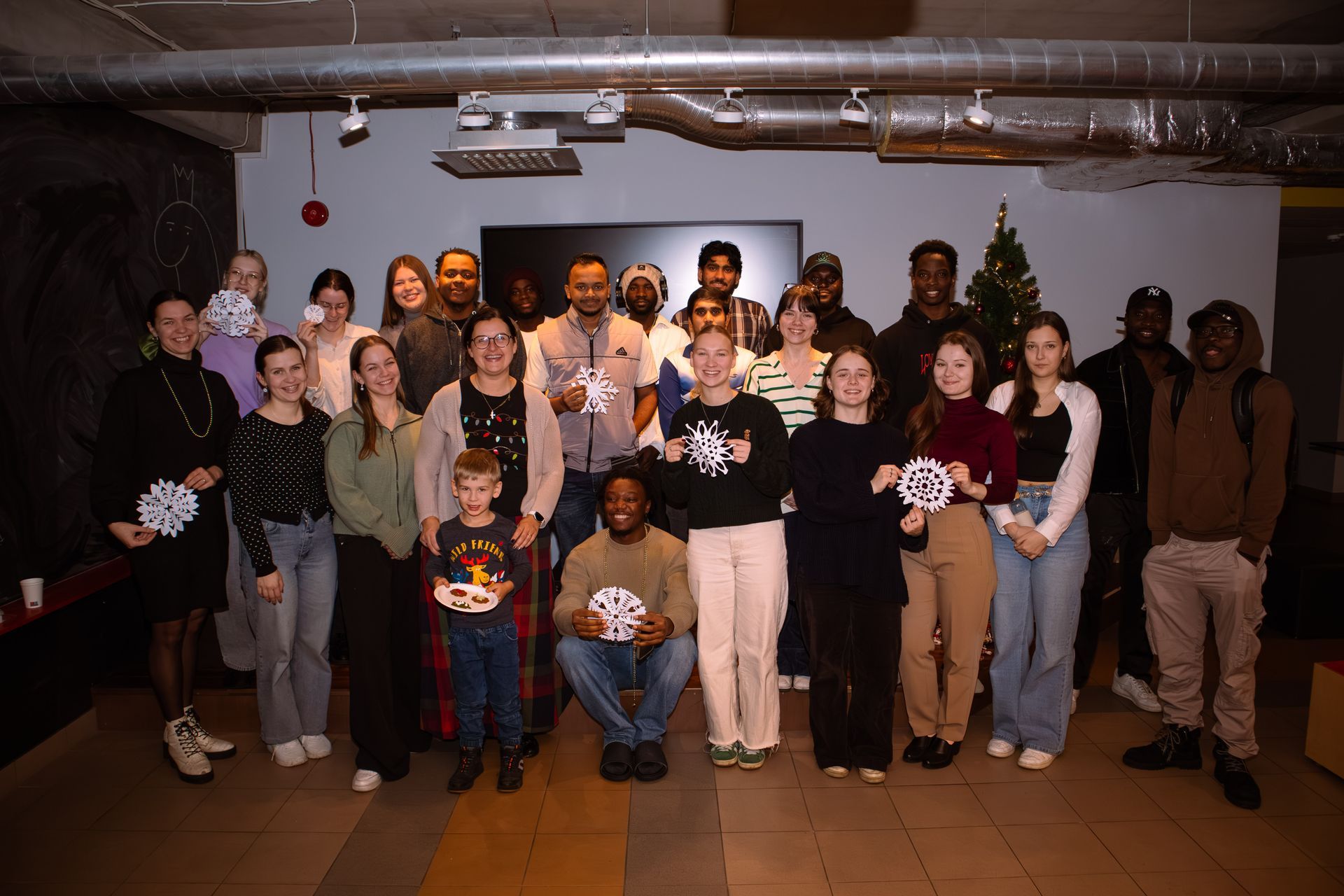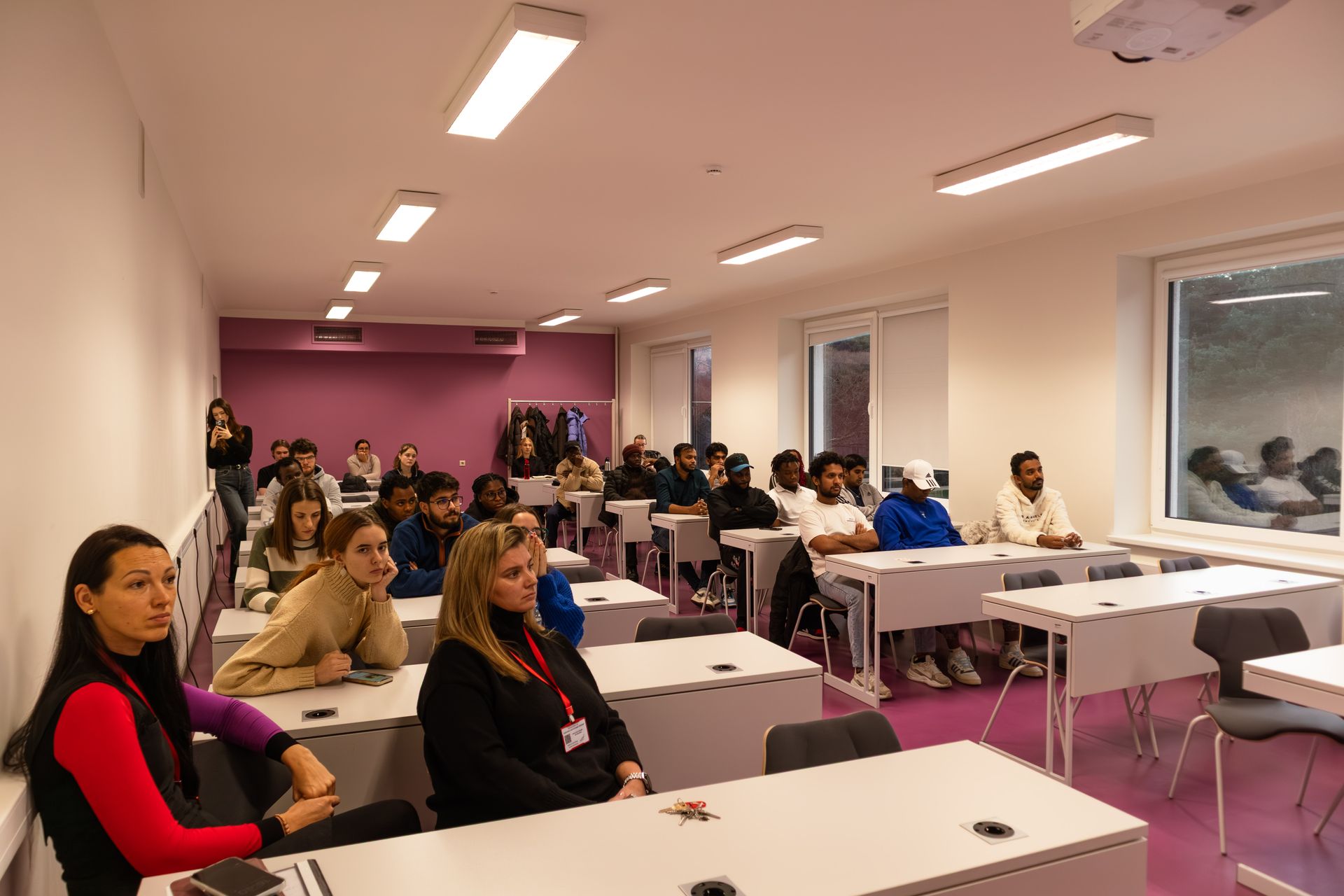The staff of the Remote Sensing Department participated in the Copernicus hackathon
This weekend, at the premises of Coworking Liepaja, the long-awaited Copernicus environmental solutions hackathon in Liepaja gathered more than 50 participants and experts in one place. Within 48 hours, participants not only established new teams, but also created new solutions to fight forest fires, black ice, rivers and other problems, using Copernicus satellite data.
On Friday evening, the teams were presented with the challenges of the Lithuanian municipality, Liepaja municipality and Liepaja Economic Zone. After listening to all the challenges, participants were given the opportunity to choose one of the existing challenges or present their own ideas and select their preferred teammates. In the course of the evening, 6 teams were set up to fight for €2,000 from the Green-Tech Cluster and participation in the Copernicus Accelerator.
On Saturday morning, the teams presented their performance for the first time to mentors who helped teams overcome even the most difficult challenges. Ideas helped develop a team of mentors – Intars Zēns, Linda Gulbe, Edgars Visockis, Ļevs Lapkis, Diāna Lapkis, Gundega Dekena, Salvis Roga, André Nitzschmann, Raivis Ekšteins, Jānis letinskis, Dintars Tomsons and Michaels Shapkins. With the help of these great mentors, in a fierce fight, 6 teams were fighting until late Sunday afternoon.
On Sunday afternoon, an expert panel composed of Green and Smart Technology Cluster board member Salvis Roga, Inpass Executive Director Raivis Ekšteins, head of social business aksselerator “New Door” Diāna Lapkis, head of VIRAC’s long-distance research division Linda Gulbe and representative of Liepaja special economic zone Kārlis Kints, following long discussions, the solution to the coastline erosion risk assessment was acknowledged as the best solution. The winning team – Agate Ambulte, Madara Jurberga, Mārtiņš Ābelītis and Verners Gavilovskis. The second place and EUR 1000 from the Green-Tech Cluster won the solution to forecasting hazardous areas. The winning team – Mareks Protasovs, Ingus Beldavs un Valdis Krasuckis. Our international team, Karolina Štreimikyte, Roberts Ķēniņš and Nauris Jūrmalis, gained third place and EUR 500.
The Green-Tech Cluster Copernicus Environmental Solution hackathon was organised in cooperation with Anwendungszentrum GmbH Oberpfaffenhofen and the European Commission. The next Copernicus hackathon will take place from 19 to 20 September in the UK.
The activity is implemented within the framework of the Green and Smart Technology Cluster, the Cluster Programme (Agreement No. 3.2.1.1/16/A/016).
The material was prepared by: Organization “Green and Smart Technology Cluster”.
Share on other platforms
Other news







